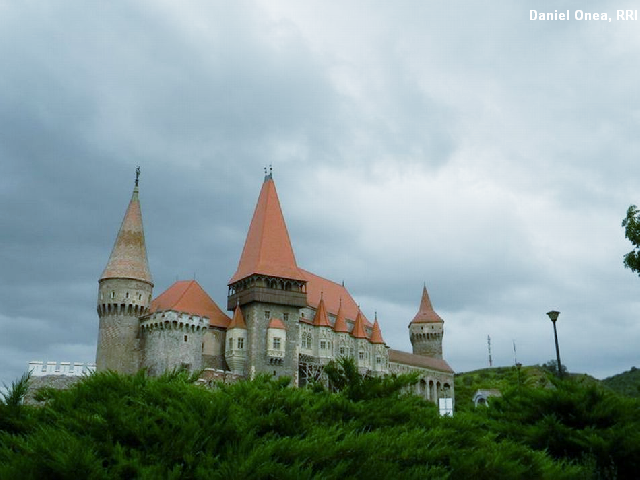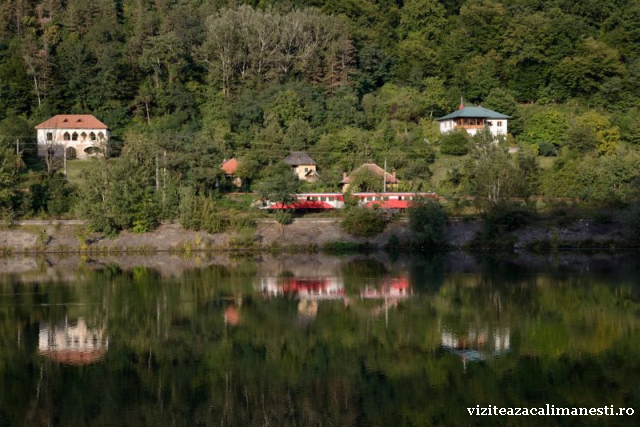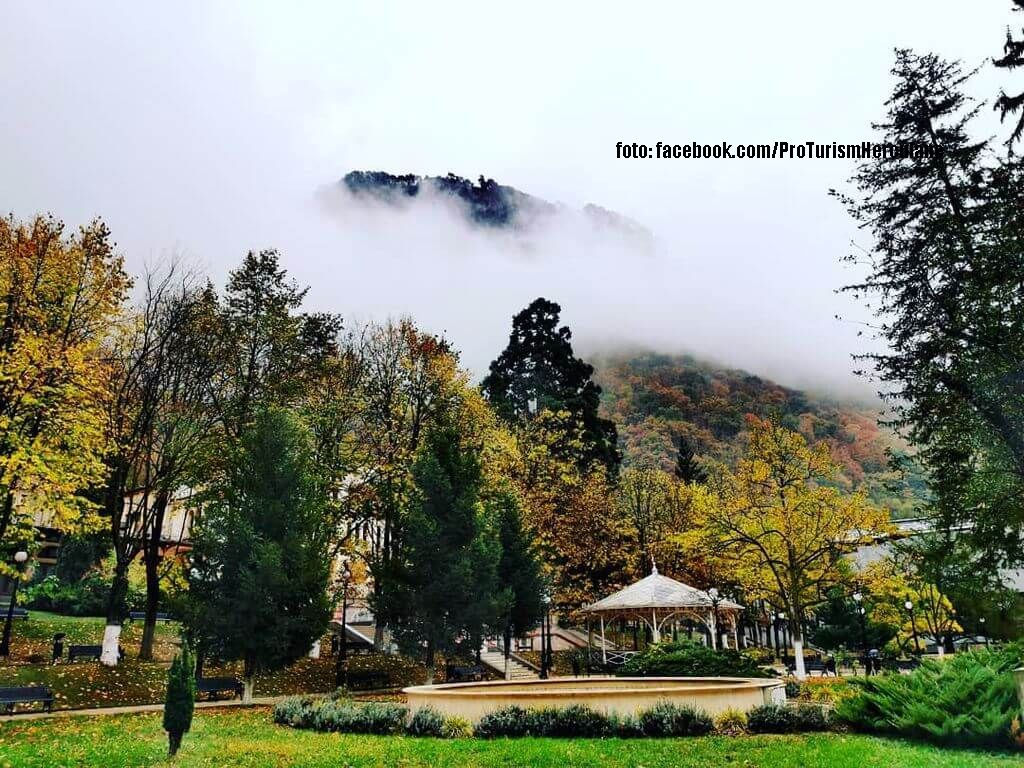Discover Romania’s Hunedoara County
Hunedoara' medieval assets

Daniel Onea, 18.11.2021, 14:00
Discover Hunedoara! Millions of years of tales and legends.
It is literally the urge of the local authorities for their prospective tourists.
The Corvins’ Castle is one of south-eastern Europe’s most important Gothic art monuments.
As for Bucura lake, it is arguably Romania’s largest glacier lake. Lying at altitude
of more than 2,000 meters, the Bucura Lake is concealed between the Retezat
massif ridges, in the Retezat National Park, a true realm of glacier lakes. These
are just two of the tourist assets you shouldn’t miss if you happen to be in
western Romania, in Hunedoara County. Our guide today is the head of the Monuments’
management and tourism promotion Directorate, Radu Barb.
Your journey may start in any part of the county you
may be, yet, since the winter season is drawing near, we also have very important
tourist resorts, such as Straja, where you can go skiing on some extraordinary
slopes. The services are perfect to a fault. The tourist can find anything they
want in Straja. Then I recommend Sarmizegetusa Regia. Here you can spend quite
a few hours, with guides, along very important routes. It is Romania’s leading tourist asset, the Romanian
people’s birthplace. The Costesti fortress is nearby. Then you can go to Orastie
and in Hunedoara, for the famous Corvins’ Castle.
Radu Barb also recommended that we have a stopover in the
Gold museum in Brad. Founded in 1896, throughout the years Europe’s largest collection
of native gold items has been growing in time, on the premises. The collection
has more than 1,300 exhibits found in mines country and worldwide, most important
of which are the native gold exhibits, originating in the Metaliferi Mountains.
Radu Barb:
The museum is one-of-a-kind in Europe.
We have a special collection here. The museum is open to all visitors and is
located in Brad municipal city. It can be rated as one of Europe’s most important
museums of its kind. What we can see is an impressive collection of gold objects, mine
flowers and tools miners used throughout the years. It is a collection
illustrative for the county’s and Romania’s riches and it takes people around
two hours to visit. From there, you can head for the area’s other points of interest,
such as Tebea. Also, in Vata de Jos we have recently opened a new museum,
themed the Apuseni Mountains’ heritage. It is an ethnographic exhibition where
visitors can see for themselves what a traditional house looked like, from
Zarand Country. We have authentic traditional apparel, household items, and all
these can be found close to Brad. It is very important, that, when we visit the
Hunedoara County, we outline the route, according to preferences.
Built in the 14th century, the Hunyads’ Castle in
Hunedoara is one of the most beautiful and best-preserved medieval
constructions of that kind. It has 42 rooms, two open space balconies and two
attics. The access to the castle is made via a wooden bridge supported by four sturdy
stone pillars.
The head of the Monuments’ management and tourism
promotion Directorate, Radu Barb:
Before entering the
castle, we should visit the museum of the castle. There are a couple of interesting
points for which, if you don’t make your research before you start the journey,
they can be missed out on, and that would be a pity. There are several small museums,
there, located on the right-hand side of the castle, with very interesting
exhibits. It is one of Romania’s most superb castles, it is very carefully
preserved and very well managed. It has Iancu de Hunedoara at the centre. You
can spend about four hours there, with guides to accompany you.
Hunedoara was and still remains a place of the old-time
traditions. In any corner of the county you may be, you ‘re sure to meet
craftsmen and you can also taste the local dishes, prepared using old-time
recipes.
Radu Barb:
We have several memorial houses. For instance,
the Drăgan Muntean House, the house of a very popular traditional music
vocalist. Traditions and customs are being preserved. There is also a festival
themed Woodsmen pies, where a couple of thousand people gather each year, in July
or August. Here, visitors can see several traditional peasant houses. In the Dragan Muntean
House you can find traditional apparel, blowing instruments such as the flutes,
as well as other traditional objects. Nearby the memorial house, there is a
village that has a marble road. It is named Alun, and the scenery there is breath-taking.
It is a typical destination for trekking aficionados. There are also
gastronomical points, but for all that info, all you need to do is download Discover
Hunedoara, from Google Play or Apple Store. The app
enables us to see all the tourist assets around us, if we happen to be around.
So we offer a virtual guide, available to everybody.
Apart from the usual dishes, made of sorts of cheese and
meat, in Hunedoara, you can also taste the ham salami, the pressed cheese with
truffles or the fruit stew.
Radu Barb:
We also have an association of traditional
and ecological food producers. In the village of Hărțăgani, for instance, there
is a woman preparing a sort of pie known as varzare in Romanian,
following a recipe from the days of yore. We promoted it on the county’s tourism
promotion page, labelled Enjoy Hunedoara!, and the impact was very special. And here
we can also mention the famous virsli of Brad. These are very special little
sausages. We can also mention the rolled minced meat and cabbage leaves package.
There is a wide variety of produce.
So
here we are, with a tourist destination for all ages and for all seasons.
(Translation by Eugen Nasta)






























